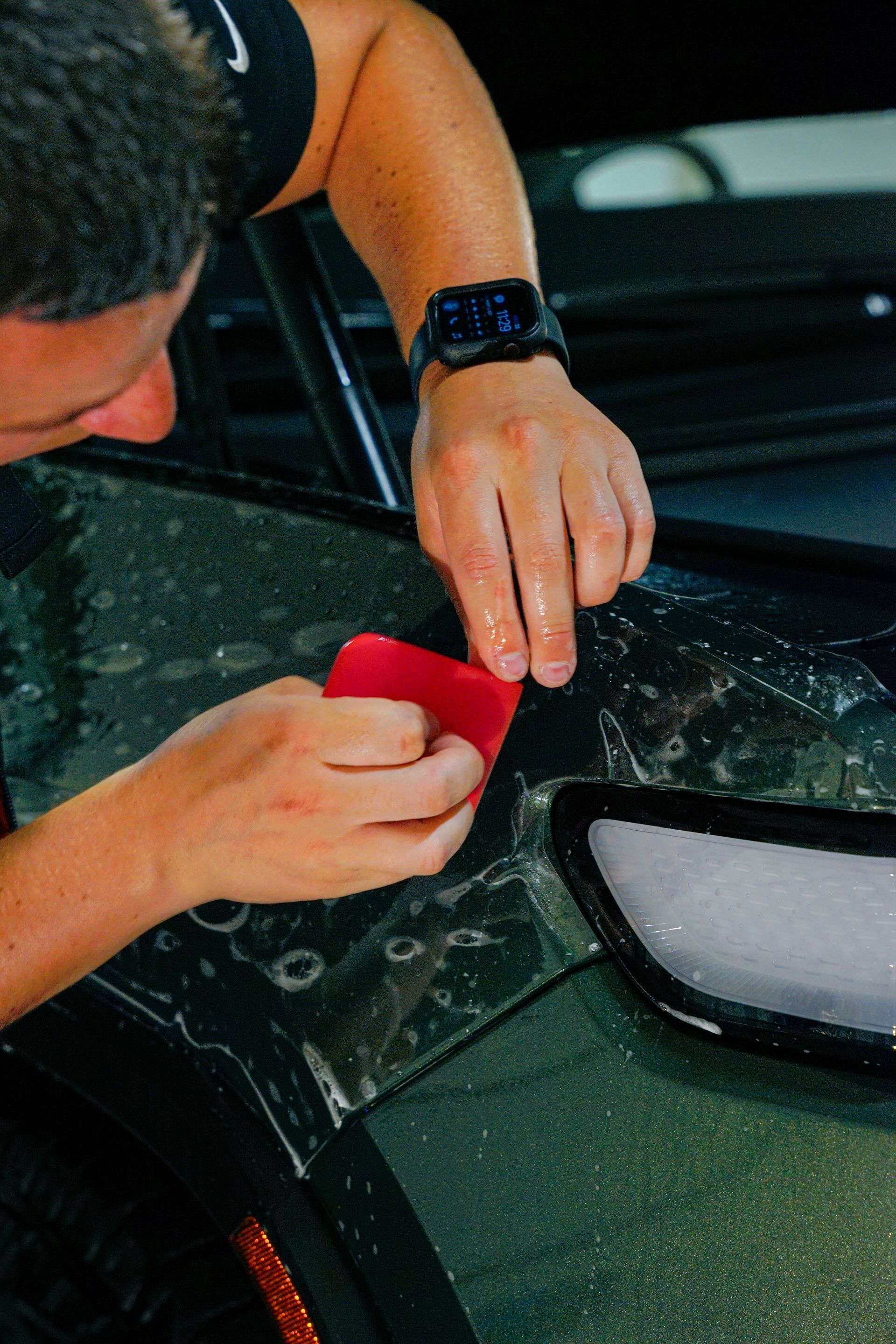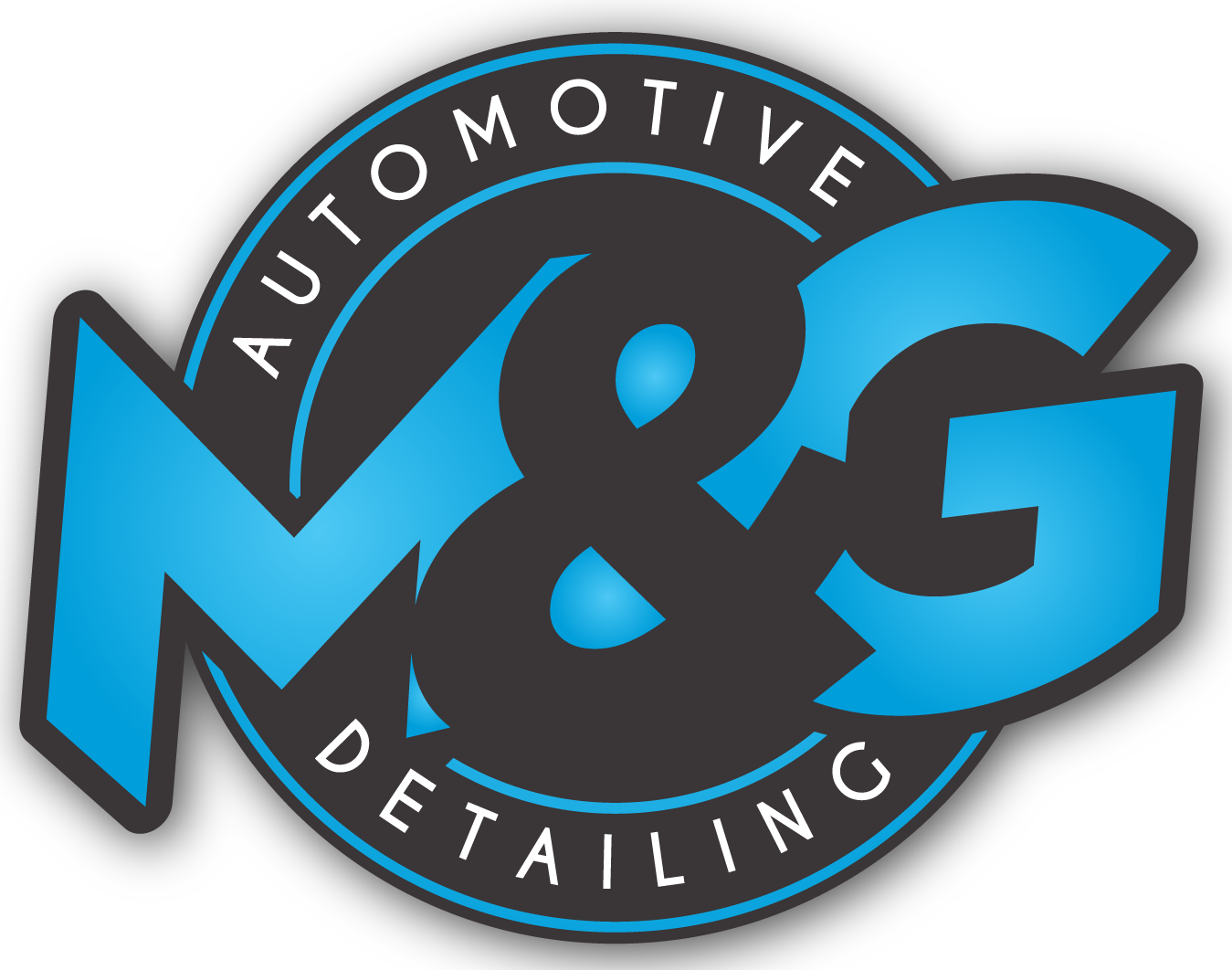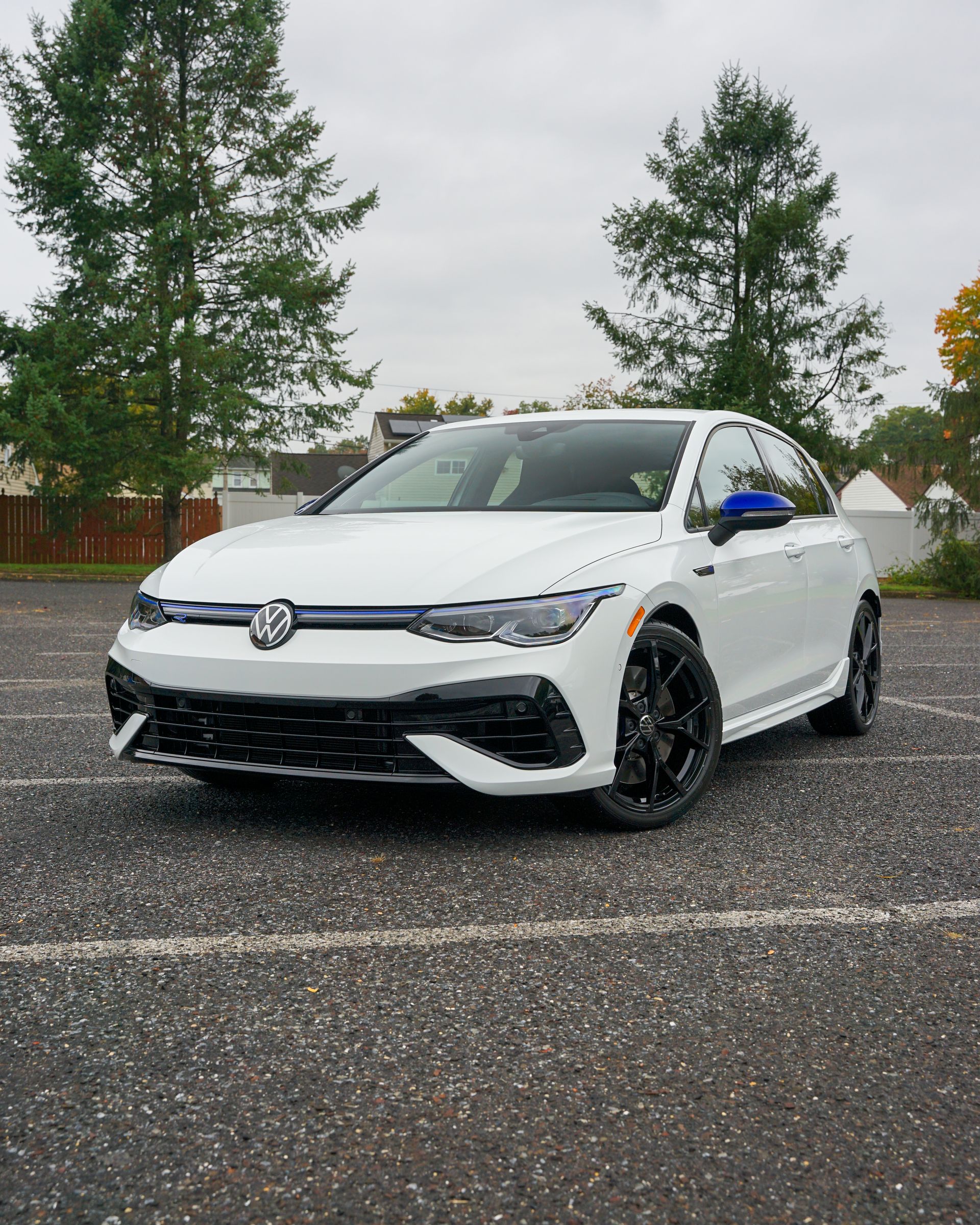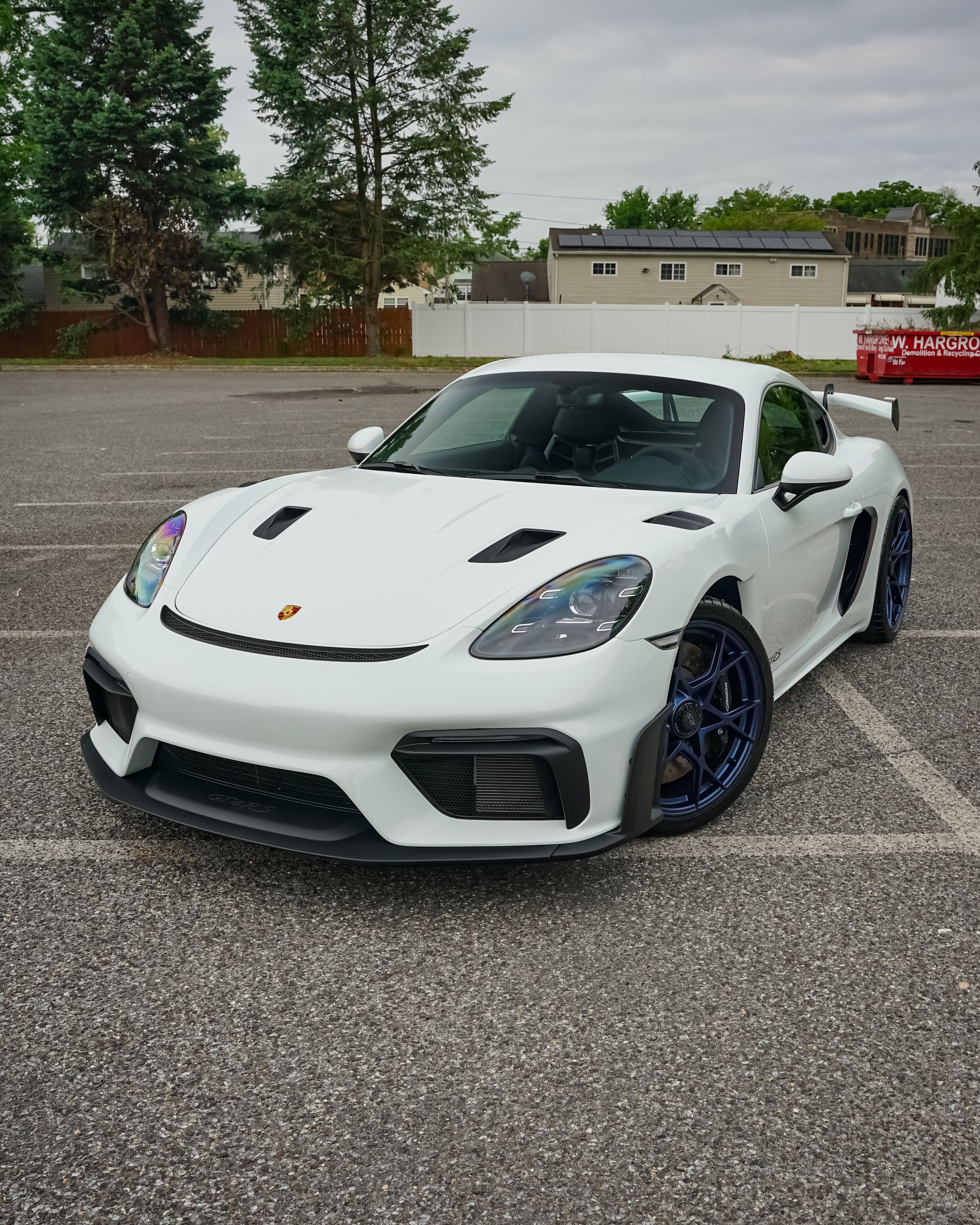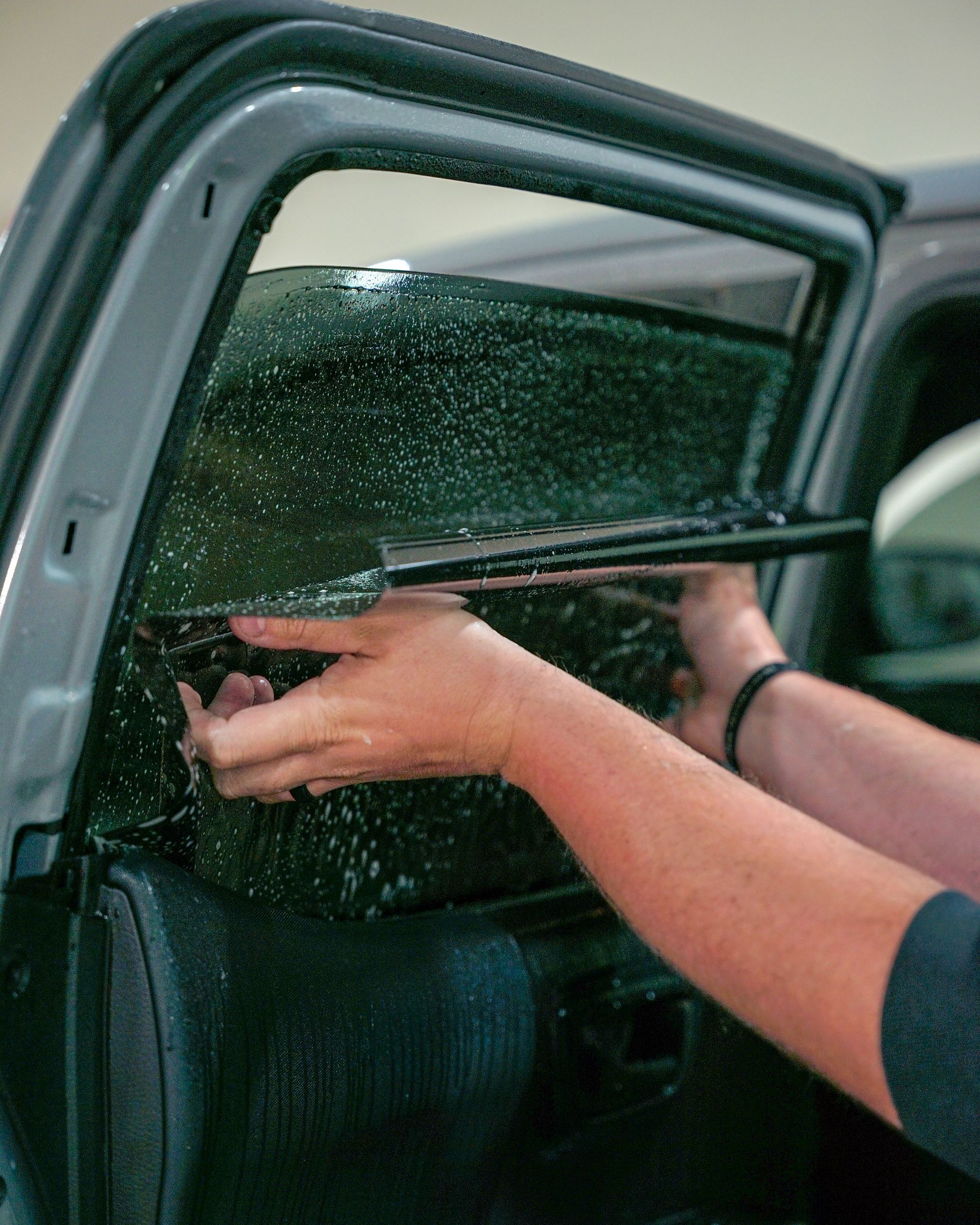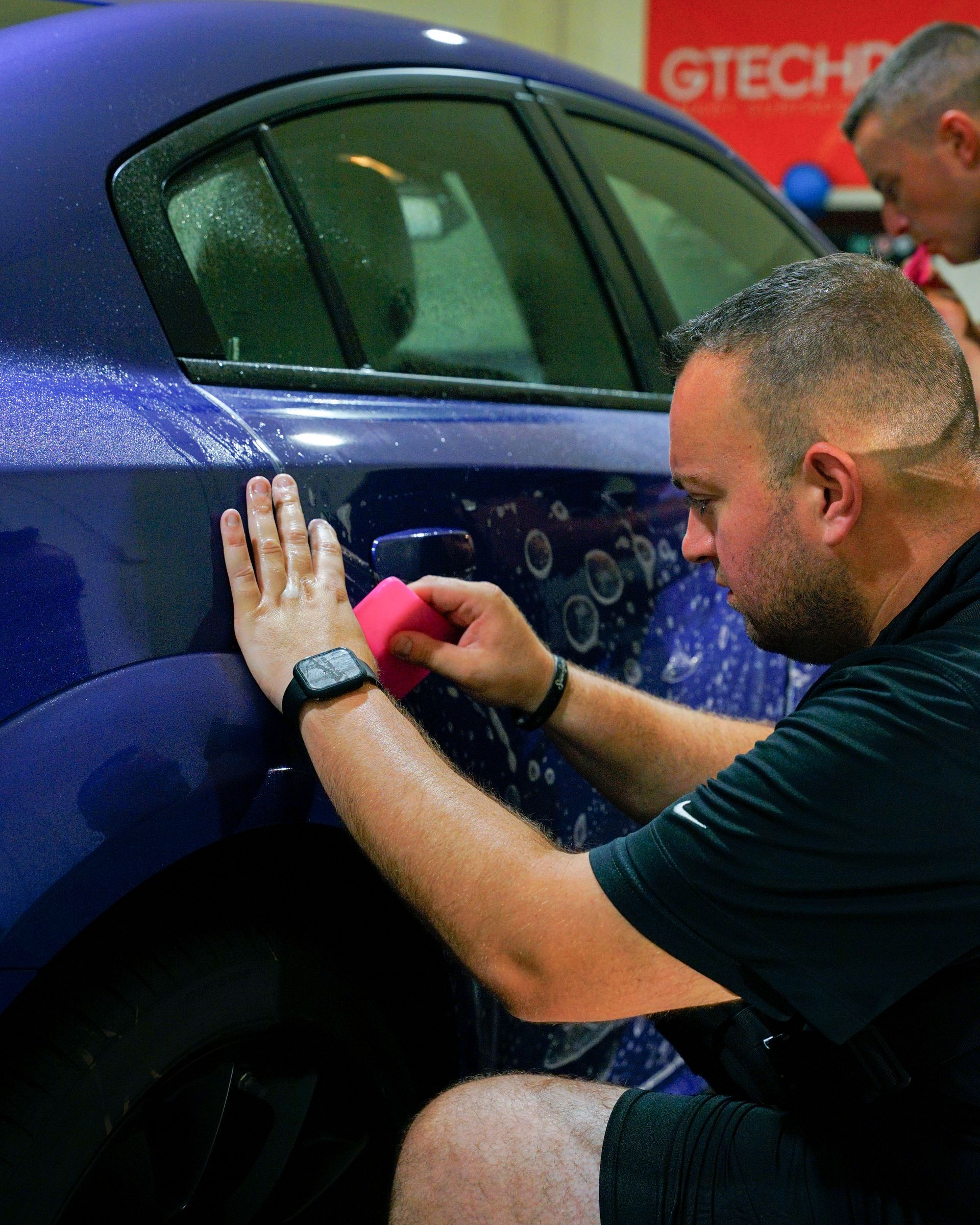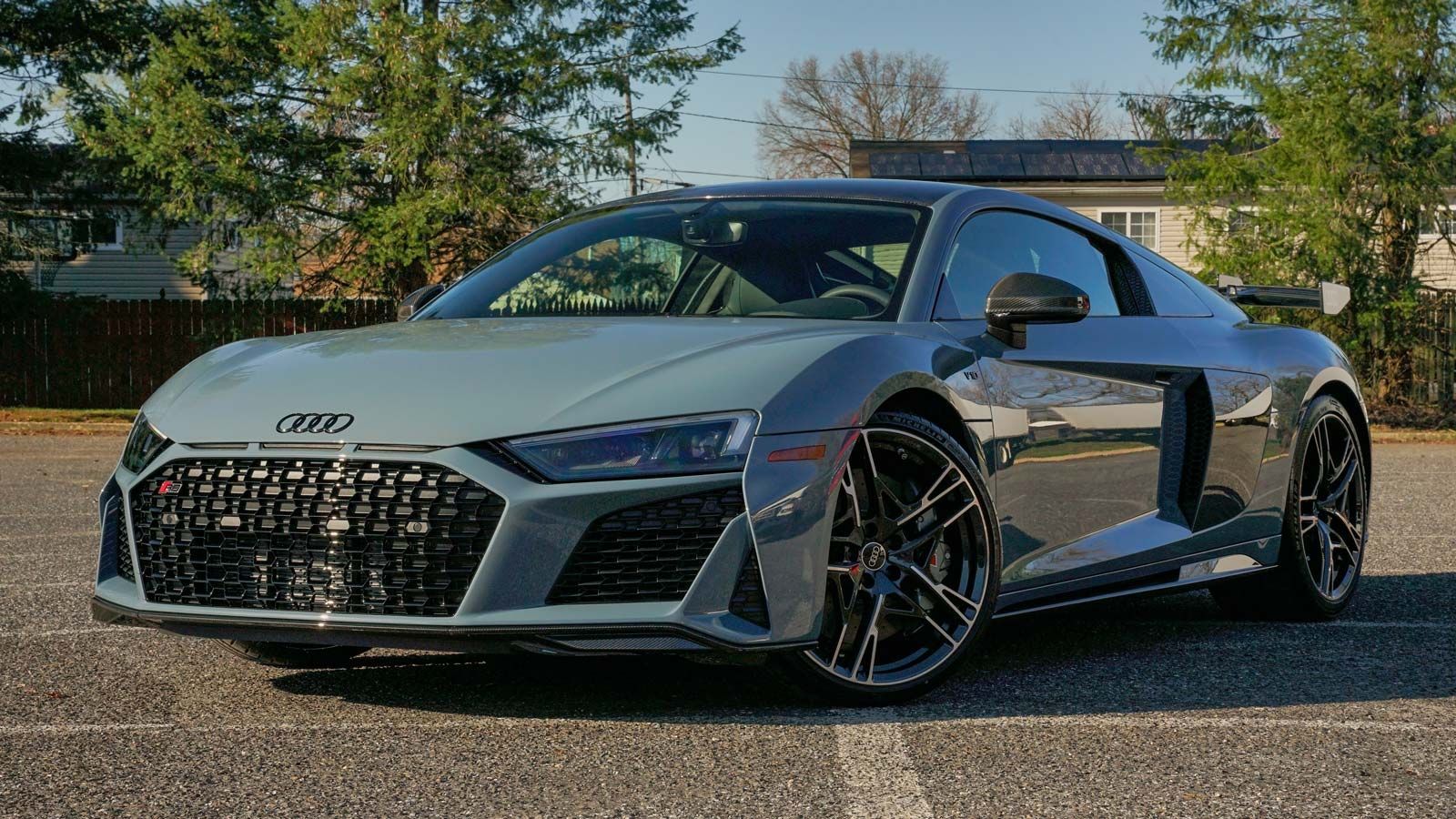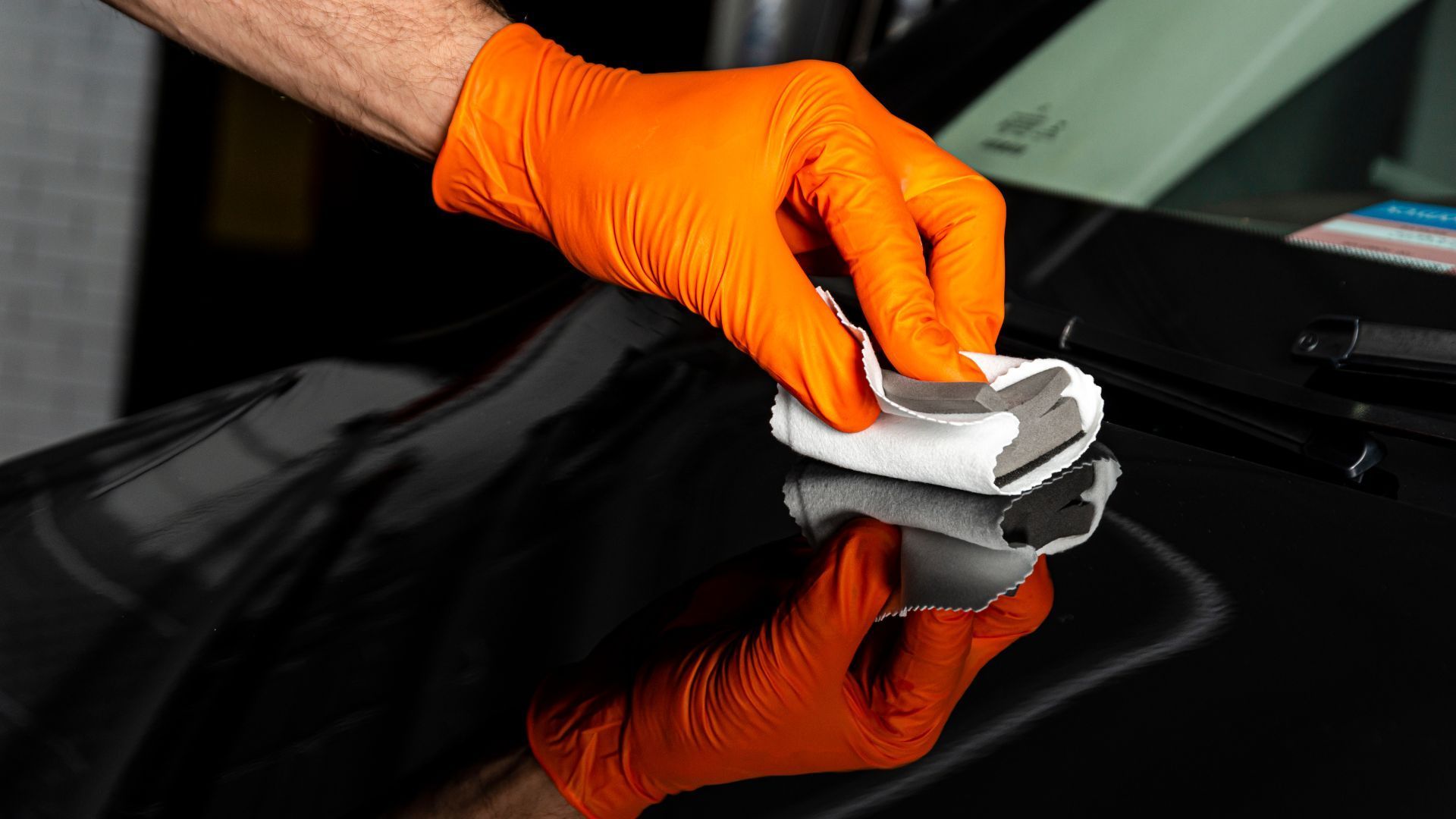Common Mistakes to Avoid After Getting Ceramic Coating for Your Vehicle
When you finally decide to invest in a ceramic coating for your vehicle, you’re probably picturing that flawless, shiny finish and the long-lasting protection it promises. But just like any good relationship, it takes consistent effort to keep that shine alive. Many car owners unknowingly make simple mistakes after getting their ceramic coating that can hinder its performance and lifespan. From not allowing enough time for the coating to cure properly to using the wrong cleaning products, these errors can transform your investment into a headache. In this article, we'll explore common pitfalls and offer you practical tips on how to best care for your ceramic-coated vehicle so that you can enjoy its brilliant look for years to come.
Common mistakes to avoid after getting a ceramic coating include failing to allow sufficient curing time, which can affect the coating's longevity and performance, and using harsh cleaning agents that strip protective properties. Additionally, it is crucial to protect the coated surface from direct sunlight during the application process and to use proper washing techniques to prevent swirl marks or scratches.
Common Cleaning Errors
One of the most significant mistakes people make after investing in a ceramic coating is assuming that their vehicle doesn't require regular maintenance. While it's true that ceramic coatings provide a superior layer of protection against dirt and contaminants, they are not invincible. Neglecting proper cleaning techniques can quickly lead to diminished effectiveness and unsightly damage.
For instance, using a single bucket for washing may seem convenient, but it introduces the risk of reapplying dirt and grit onto the surface. This can scratch the coating and create a swirl effect that detracts from your vehicle’s shine. To illustrate this point, let’s consider a scenario where you might encounter common cleaning pitfalls.
- Using Non-pH Neutral Cleaners: Many users unwittingly reach for powerful detergents, falsely believing that stronger means better. However, using non-pH neutral cleaners can strip away the protective properties of your ceramic coating over time. It's crucial to select products designed specifically for ceramic finishes. Remember: When in doubt, always read the label! Select cleaning solutions labeled as pH neutral to maintain the integrity of the coating.
- Washing in Direct Sunlight: Another frequent mistake is trying to clean your car while it’s parked in direct sunlight. This leads to uneven drying and potential water spots that can mar the appearance of your finish. Not to mention, the heat can cause sealants and waxes to break down quicker than expected. Instead, take the time to find a shaded area or wash your vehicle during cooler parts of the day. It may take a bit more planning but ensuring even drying under optimal conditions will enhance the longevity of your ceramic coating.
- Improper Drying Methods: Finally, improper drying methods can hamper your results significantly. Using abrasive towels or air drying may leave behind swirl marks or water spots that are visually unappealing but can also affect the functional performance of the surface. Instead, opt for high-quality microfiber towels designed specifically for delicate surfaces. High-quality microfiber towels act gently on the surface while effectively absorbing moisture without risking damage—treat your vehicle with care!
Being mindful of these common cleaning errors is essential for maintaining the quality of your ceramic coating. With a foundation of knowledge on effective care, we can now transition into discussing how using the right products plays a crucial role in preserving that finish.
Wrong Product Usage
Using inappropriate cleaning products is one of the most common and damaging mistakes made by vehicle owners high on their new ceramic coating. While it might seem convenient to grab whatever's on sale or what's easily accessible, this can spell disaster for your vehicle’s finish. Ceramic coatings are not like traditional waxes; they offer long-lasting protection against harmful environmental factors such as UV rays, dirt, and grime—all of which can degrade your car’s surface. To keep these coatings performing at their best, maintaining them with the right products is essential. It’s crucial to understand that harsh detergents and generic cleaners can strip ceramic coatings of their protective properties. The temptation to clean quickly or effectively often leads to poor choices.
Impact of Wrong Products
One of the most detrimental culprits is dish soap, which many believe will do a great job at cutting through grease. However, it instead removes the essential oils in your ceramic coating. Even more troubling are products containing acidic agents, like certain wheel cleaners, which can degrade coatings over time. They seem effective on dirt but leave your surface vulnerable to damage—essentially defeating the purpose of having a ceramic-coated finish.
Additionally, standard car wax poses another challenge. You might think you're doing a good thing by adding an extra layer of protection, yet these rub-on waxes can actually coat over a ceramic layer, reducing its hydrophobic properties—those water-repelling characteristics you want! There are specially formulated maintenance sprays created for ceramic surfaces that enhance shine without compromising integrity. As detailing experts consistently recommend, reading product labels before use isn’t just a suggestion; it's part of safeguarding your investment in your vehicle’s appearance.
Best Practices Moving Forward
What should you use? The simple answer lies in pH-neutral car-wash soaps specifically designed for ceramic coatings. They maintain the coating while thoroughly cleansing the surface without stripping anything away. Employing quality detailing sprays can keep your vehicle gleaming without risking the existing coat. This insight into proper product selection smoothly leads us to another crucial aspect: how external conditions impact the longevity and performance of ceramic coatings.
Heat and Sunlight Exposure
Leaving your car parked in direct sunlight might seem harmless, but it can actually accelerate the degradation of your ceramic coating faster than you might think. When UV rays hit the surface of the coating, they can lead to fading and oxidation, which ultimately diminishes that brilliant shine you worked hard to achieve. Think of it as leaving a delicate fabric out in the sun; with time, the color fades and becomes dull.
How Heat and Sunlight Affect Ceramic Coating
The relationship between heat, sunlight, and ceramic coatings is multifaceted. High temperatures can cause surface materials to expand while reducing the effectiveness of the coating. This fluctuating environment means contaminants are more likely to become baked onto hot surfaces. Once that's happened, scratches from dirt or grime are far more likely, compromising both the look and protective qualities of the coating.
People often underestimate just how much heat can affect a car's surface under direct sunlight. On a seemingly normal sunny day, pavement temperatures can soar above 190°F (88°C), causing your lovely finish to be impacted. Coupled with UV radiation—which studies show can seriously degrade your ceramic coating over time—it's essential to be aware.
Additionally, while some manufacturers claim that modern ceramic coatings come equipped with UV-resistant properties, it’s safer not to rely solely on that claim. Even with advancements in technology, it remains best practice to protect your vehicle from prolonged exposure by seeking shaded areas or using a quality car cover when parking outside for extended periods. This preventive measure ensures you maximize the longevity of your investment.
A little common sense goes a long way in preserving your ceramic coating against environmental factors; however, maintaining its pristine appearance involves specific practices and care routines worth considering. Let's uncover effective strategies for ensuring lasting protection for your coated vehicle.
Post-Coating Maintenance Tips
To keep your car looking pristine, develop a consistent wash routine that can easily fit into your schedule. Aim to wash your vehicle at least every two weeks. This frequent washing helps prevent dirt and grime from bonding with the surface and ensures any environmental contaminants are removed efficiently. When washing, always opt for a pH-neutral car shampoo, which is gentle enough not to strip away the ceramic coating while still being effective in cleaning.
When it comes time to dry your vehicle, choose high-quality microfiber towels as your go-to drying method. These towels are designed specifically to be soft and absorbent, minimizing the risk of scratching or swirling on the surface of your car. Always remember to pat the surface dry rather than rubbing it vigorously, which can introduce unwanted marks. The difference in care can be stark; think of it like using a soft cotton shirt instead of sandpaper—one way keeps your finish intact, while the other could ruin it.
Another crucial aspect of effective maintenance is the periodic reapplication of a top coat or maintenance product. Many ceramic coatings benefit from an additional layer every few months, enhancing their hydrophobic properties—that's the ability to repel water—and boosting gloss. This step isn't just about looks; it's about preserving the integrity of that protective barrier against inevitable wear and tear over time. Moreover, always be cautious when selecting products for your maintenance routine. Avoid using any harsh chemicals or abrasive tools that could compromise the coating's lifespan. Even seemingly benign items like traditional sponges or certain detergents can cause damage by scratching or degrading the surface over time.
As you consider these effective habits around washing and drying your vehicle, there are additional methods that can further elevate your protection strategies.
Protective Measures for Longevity
When it comes to maintaining the sleek, polished look of your vehicle after applying ceramic coating, prevention is just as crucial as regular cleaning. One essential step is to apply a high-quality sealant every 6 to 12 months. This additional layer acts as a safeguard against harmful contaminants like bird droppings, tree sap, and road grime that can compromise your ceramic coating's integrity. Think of it as an insurance policy; the more layers of protection you have in place, the better off you're going to be.
Other Protective Measures
In addition to sealants, employing car covers is a smart move. If your vehicle spends time outdoors—especially in extreme weather conditions—a cover provides a shield against sun exposure, rain, and even acidic bird droppings. A good cover can keep your vehicle looking fresh, reducing the frequency of washes needed by blocking out dirt from settling on the surface. While these measures might seem trivial at first glance, they significantly impact the longevity of your ceramic coating. Every time you choose to protect your car from environmental hazards, you are investing in its future appearance and value.
Another tip is to avoid automatic car washes. The brushes used in many automated systems can be too abrasive, potentially scratching or dulling the protective layer of your ceramic coating over time. Instead, opt for touchless car washes or hand washing whenever possible. This not only gives you control over the products being used but will also allow you to take extra care around delicate areas.
By taking these proactive steps, you can significantly extend the lifespan of your ceramic coating. Imagine rolling up to a gathering with friends or family and having everyone marvel at how glossy and clean your car looks! It's not just about aesthetics; maintaining that stunning finish keeps your investment protected against multiple forms of wear and tear. As we explore further, it's important to recognize specific actions during washing and drying that could hinder all those careful efforts you've put into maintaining your vehicle's appearance.
Washing and Drying Pitfalls
The techniques used in washing and drying your vehicle are pivotal when it comes to maintaining the pristine finish provided by ceramic coatings. If these steps are not executed properly, they can introduce unwanted swirl marks or unsightly water spots that compromise both the look and protective qualities of the coating. It’s a frustration many car enthusiasts experience, often without realizing they’re contributing to the wear of their investment.
Common Pitfalls
One prevalent mistake is using circular washing motions. While this might seem like an easy approach to clean surfaces, it can easily leave behind pesky swirl marks on your coated surface. Instead, consider adopting straight-line motions when washing, much like how you’d paint a wall. This method not only reduces the risk of creating marks but also provides more efficient cleaning.
When rinsing, be thorough. Residual soap left behind can dull your finish rather quickly. Make sure you rinse with a gentle flow of water to eliminate all suds and ensure you're leaving nothing that can mar that shiny coat of protection. Another common issue arises from using hard water throughout the process. Hard water is rich in minerals that can leave deposits on your vehicle’s finish, turning into stubborn water spots that undermine its beautiful glossy appearance. For your final rinse, using softened or distilled water can prevent these problems altogether.
After washing comes the drying phase, which is equally important. Investing in a high-quality, deep-pile microfiber towel will serve you well here. Unlike regular towels that may drag dirt across the surface, microfiber towels lift away particles and help avoid scratches while absorbing moisture efficiently. This choice alone can significantly prolong the life of your ceramic coating by minimizing potential damage during drying. It's crucial to recognize how frequently even seasoned car lovers overlook these finer details. This oversight can lead to premature degradation of their ceramic coating, ultimately costing them both time and money as they seek repairs or reapplication sooner than expected.
By being aware of these common mistakes and embracing effective washing and drying practices, you can not only preserve the integrity of your coating but also enjoy a longer-lasting shine on your beloved vehicle. In summary, maintaining ceramic coatings requires diligence and attention to detail, which pays off in the long term by keeping your vehicle looking exceptional. Remember, every wash is an opportunity to protect that investment further.
Ceramic Coating Excellence in Cherry Hill, NJ
Transform your vehicle’s finish with M&G Automotive Detailing, the trusted name for premium ceramic coating services in Cherry Hill, NJ. Our high-quality coatings provide unparalleled protection against scratches, UV rays, and environmental contaminants, all while delivering a stunning, mirror-like shine. Backed by expert craftsmanship, our ceramic coatings are perfect for preserving your vehicle’s value and keeping it showroom-ready every day. Protect your ride and enjoy a long-lasting finish that turns heads—contact M&G Automotive Detailing today to schedule your ceramic coating service!

